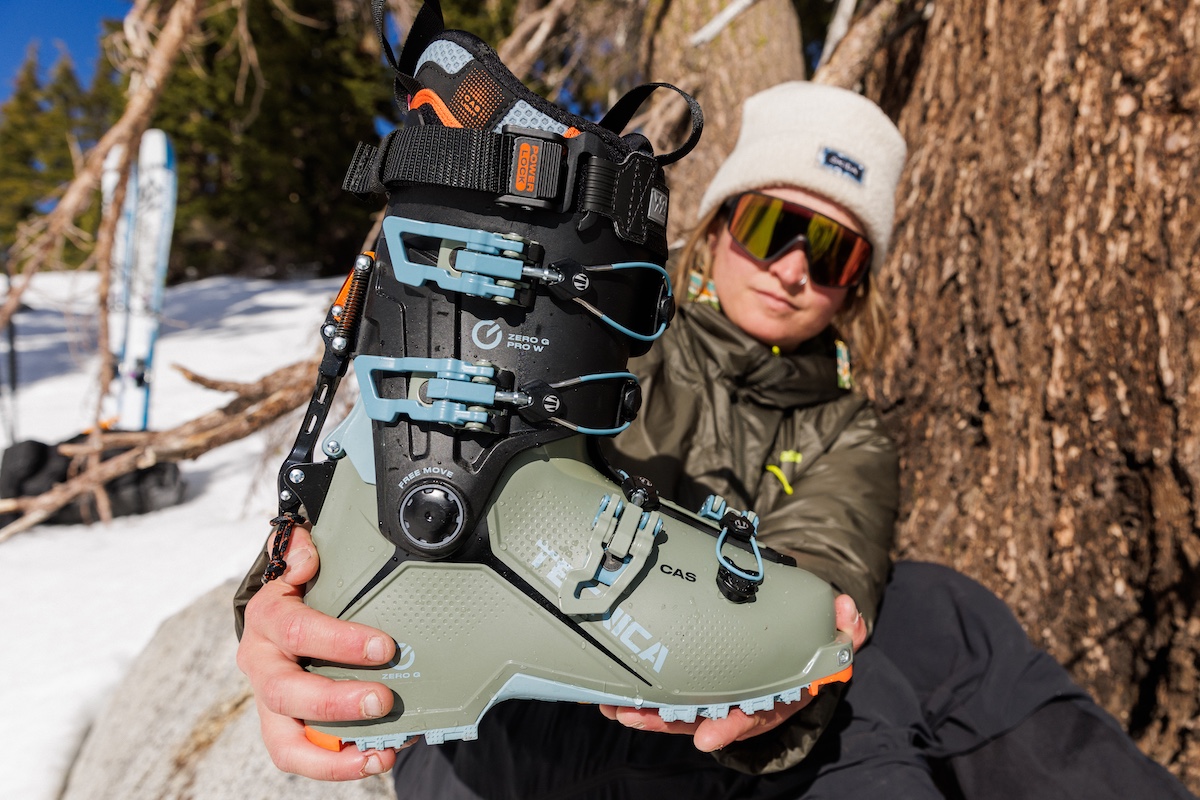

Price: $900
Weight per boot: 1,180g
Flex: 125
What we like: Standout balance of downhill performance and weight.
What we don’t: Narrower 99-millimeter last won't work for everyone.
See the Women's Tecnica Zero G Tour Pro W See the Men's Tecnica Zero G Tour Pro
Tecnica's Zero G Tour Pro has become an almost iconic orange boot among committed, hard-charging backcountry skiers. Its stiff 130 flex—that skis as advertised—along with a comfortable 65-degree range of motion are hard to beat for those who go far but still care about freeride-level downhill performance. Both men and women rocked the unisex boots, but for some shorter women like me, the tall and fairly narrow cuff didn't quite work. That's why we were psyched to see Technica release a women's-specific version for 2025—and one that's close in stiffness with a 125 flex. Below we outline our experiences with the Zero G Tour Pro W. To see how it stacks up to the competition, check out our article on the best backcountry ski boots.
We knew the Tecnica Zero G Tour Pro W—the women's version of the Zero G Tour Pro—would charge hard on the downhill, but we were curious about its performance on the up. With a 125 flex, it's among the stiffest women's-specific touring boots on the market but walks surprisingly well. The 65-degree range of motion (ROM) is nearly on par with other lightweight freeride boots like the Dynafit Ridge Pro W (70 degrees)—as long as you dial in your buckles. We found that having the top two (there are four total) unbuckled on the way up was the best way to stay comfortable. With this adjustment and a proper break-in period, the Zero G Tour Pro W was surprisingly dreamy on the skin track while holding its own on the downhill (more on that below). The Vibram sole provides confidence-inspiring grip on fifth-class terrain, while the rear flex allows for decent movement on rock. Finally, the heel and toe bales work with both semi- and fully automatic crampons, adding to the boots' already-impressive uphill capabilities.
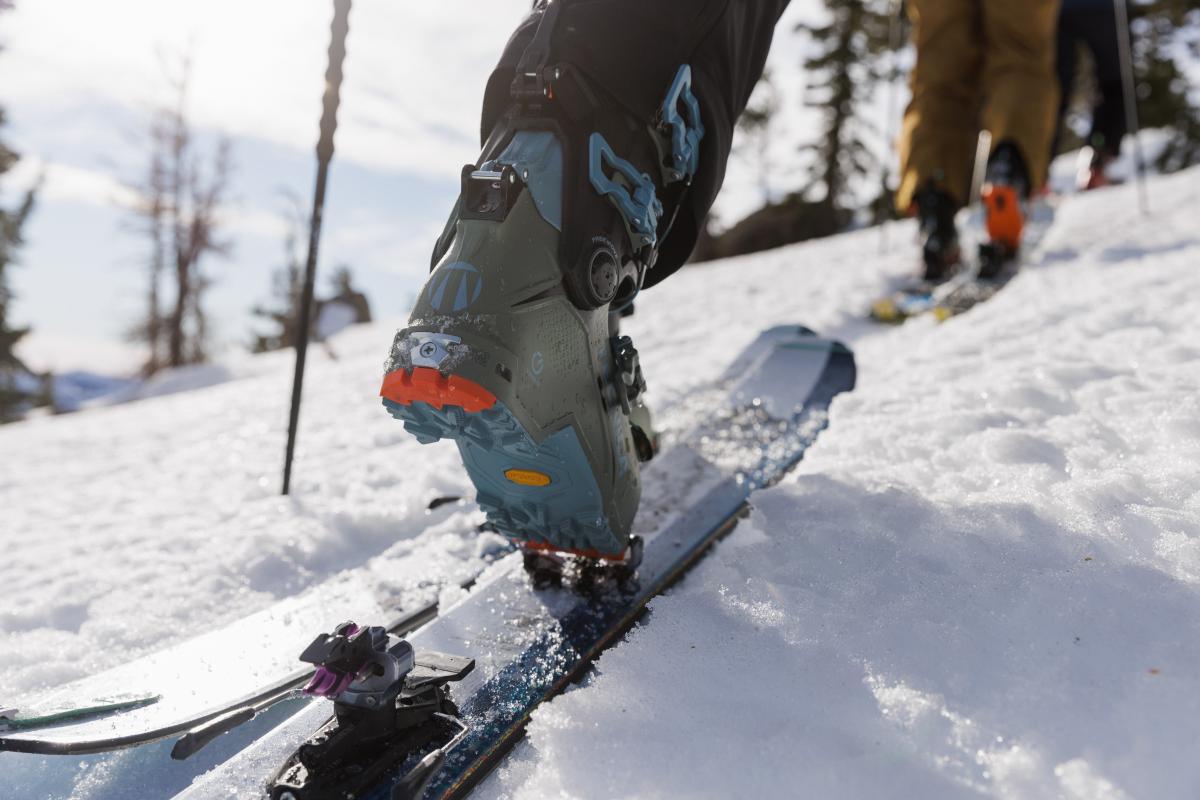
The Zero G Tour Pro W is advertised as a freeride-oriented backcountry boot, and it didn't disappoint. As one of the first women's-specific touring boots to feature a stiff 125 flex, which is just short of the men's 130, we were excited to find the boot generally lives up to its advertised flex on the descent. While its lightweight construction leaves you without the additional "oomph" of a standard alpine boot, we felt it was a responsive and nimble high-performance companion in the backcountry. I skied the Zero G in conditions ranging from trap-door breakable crust to powder and even truly icy groomers after a six-week drought in California. My main takeaways: These are stiff boots meant to hold their speed, with a dreamy progressive forward flex and solid lateral support. They are on the upper end in terms of stiffness—meaning if you don't ski them, they'll ski you. Staying forward over your skis will help you maintain control, as the Zero G Tour Pro will not be forgiving to sloppy backseat riding.
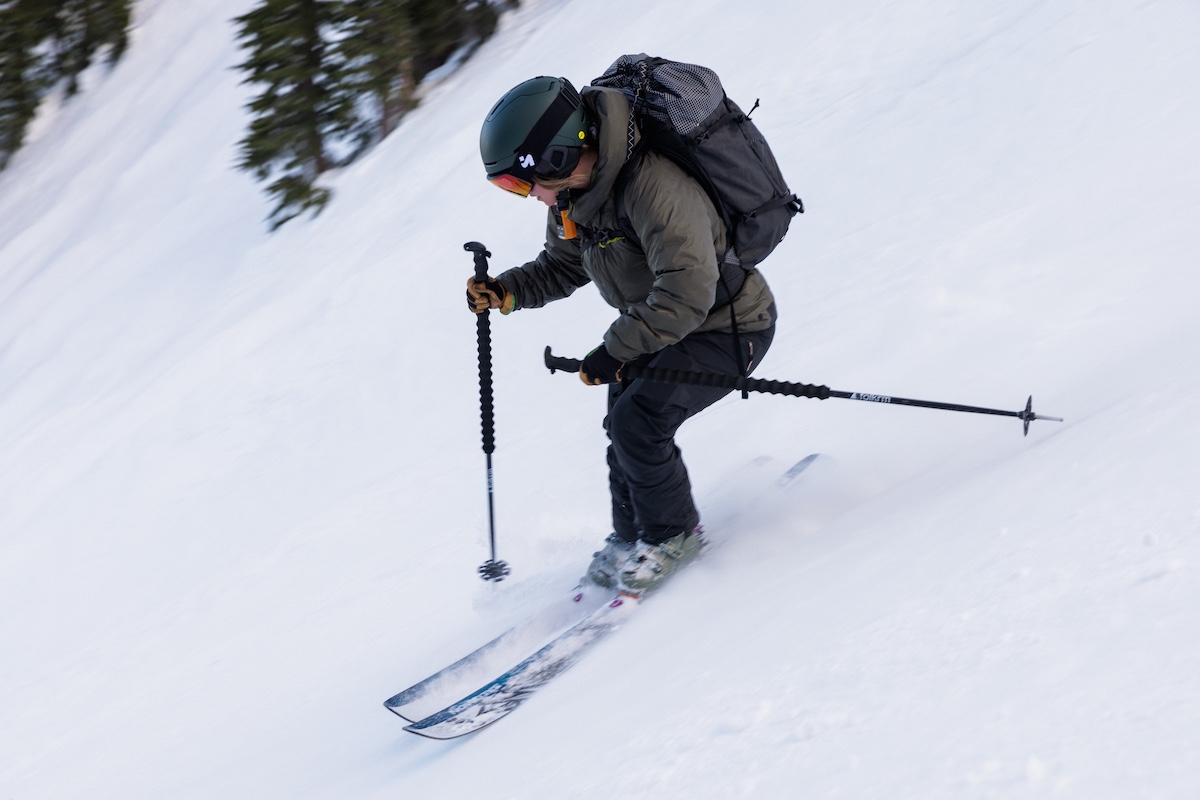
The Zero G Tour Pro W weighs in at 1,180g per boot (2 lb. 9.6 oz.), which is competitively light among other backcountry-ready options. A couple other designs that aim to balance freeride capabilities and uphill performance are the Dynafit Ridge Pro W (1,130g) and Scarpa F1 XT (1,145g). While the Zero G is the heaviest of the bunch, it balances its priorities incredibly well. The four-buckle design means there's some additional hardware to walk up the skin track, but the advantage is that the boot delivers powerful downhill drive that makes the extra weight worth it, in my opinion. In other words, while not the best up- or downhill companion, the Zero G Tour Pro manages to strike a truly excellent middle ground.

Similar to most traditional downhill boots, the Zero G Tour Pro W features a four-buckle layout with a power strap at the top of the cuff. While this obviously adds weight compared to more streamlined touring designs (like the Dynafit and Scarpa boots mentioned above), the Tecnica's added performance is well worth it, in my opinion. It took me a few tours to dial in the right settings for my feet, but once I nailed the fit (and the boots were fully broken in), the buckle system proved efficient and user-friendly. As I mentioned above, I found keeping upper two buckles undone on the uphill was most comfortable. My only complaint was the hook on the power strap, which I found prone to wiggling out of place, resulting in subpar power transfer. I ended up swapping the strap out and having no further issues.
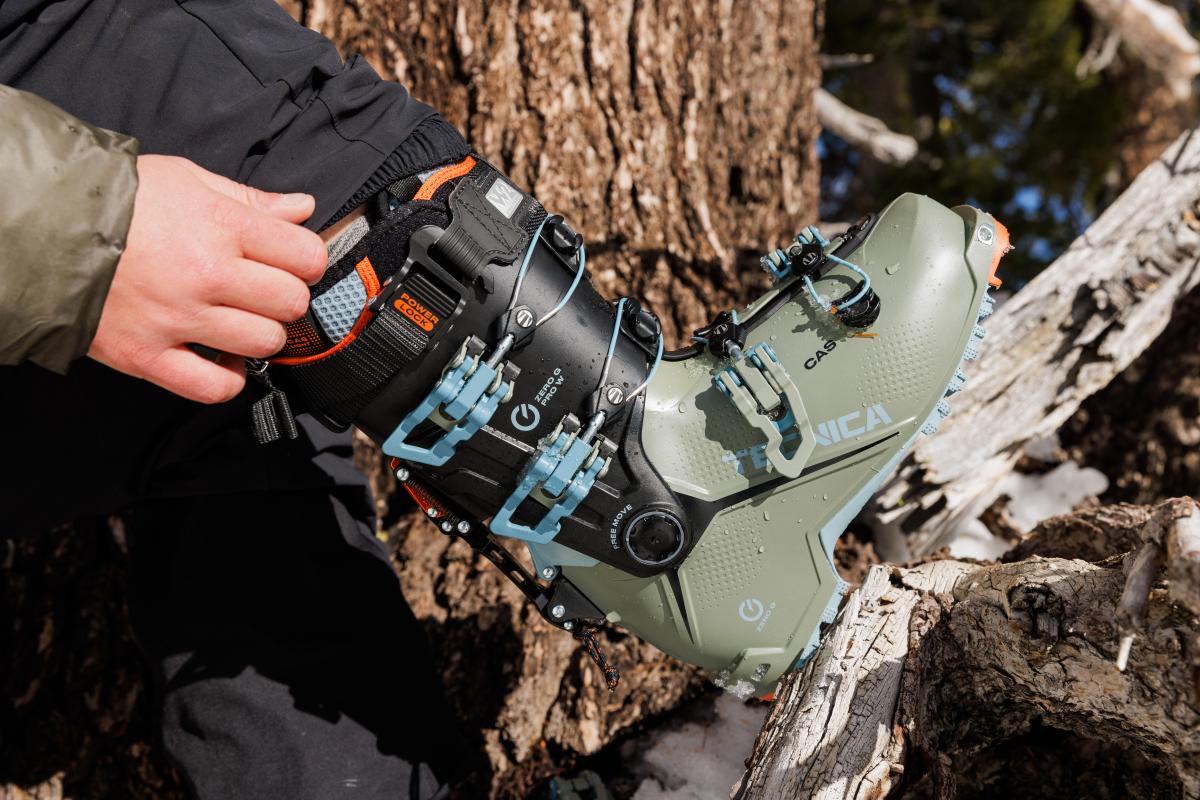
Tecnica's signature T-Hike mechanism isn't groundbreaking, but it's effective, reliable, and sturdy. Similar to other ski/walk levers (like what you get with Scarpa's F1 XT), a couple components—including the pocket in the hook that's cut into the lever, as well as the bar it attaches to on the boot—can accumulate snow and ice during uphill travel. While I've found that some boots do better than others in this regard—like Dynafit's Ridge Pro W and Radical Pro W, which feature the brand's innovative Hoji Lock system—the issue is easy to remedy with a narrow scraper, knife, or by simply tapping your boots together. For full transitions, it's quick and easy to lock the lever down, latch any loose buckles and secure the power strap, and head downhill.
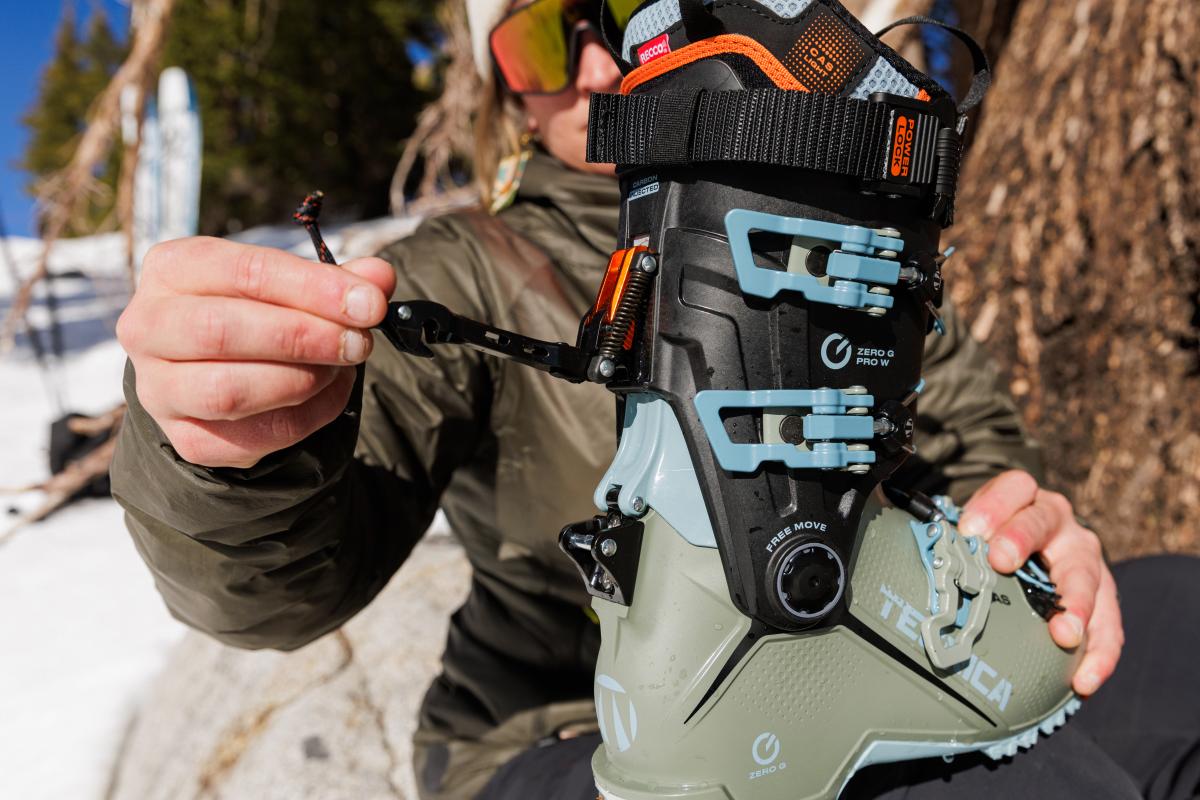
With boot liners, we look at a few factors, including warmth, durability (how quickly the liner packs out), and fit inside the shell. Tecnica trimmed down both the liner and shell several seasons ago to lower the boot's weight, which often results in a drop in warmth. Thankfully, I didn't experience cold feet even on days that dipped into the negative teens Fahrenheit in the Tetons. Those who have chronically cold toes or are heading on extended expeditions in colder ranges may want to add heated socks, but I feel the Zero G is right in line with most competitors in terms of warmth. And as far as durability and fit go, the dual-density microcell material of the boots' C.A.S. liner is durable, heat-moldable, and performs with precision inside the shell.
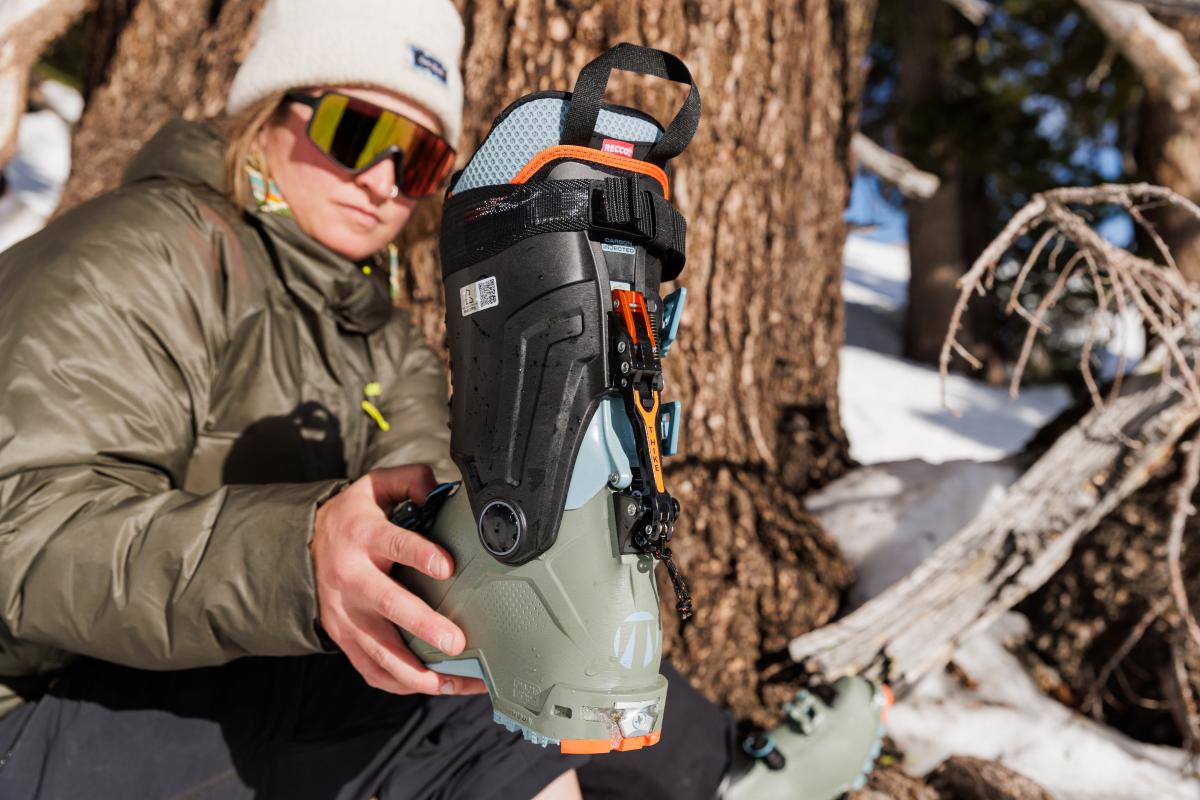
The Zero G Tour Pro has earned a reputation as a sturdy, trustworthy boot over the years. As I touched on previously, Tecnica slimmed down the Grilamid shell a handful of seasons ago in an effort to shave weight, but it doesn't seem to have had a discernible impact on longevity. While we've heard of one tester breaking a buckle clear off her boot during an impact with a tree (ouch!), we haven't had any issues with our women's or men's versions after more than 150 days of use. The Zero G's shell has also proven to be more resistant to scuffing than the carbon-infused Grilamid on the Dynafit Ridge Pro, and the Vibram sole has held up quite well even after extensive ridge walking on Sierra granite.
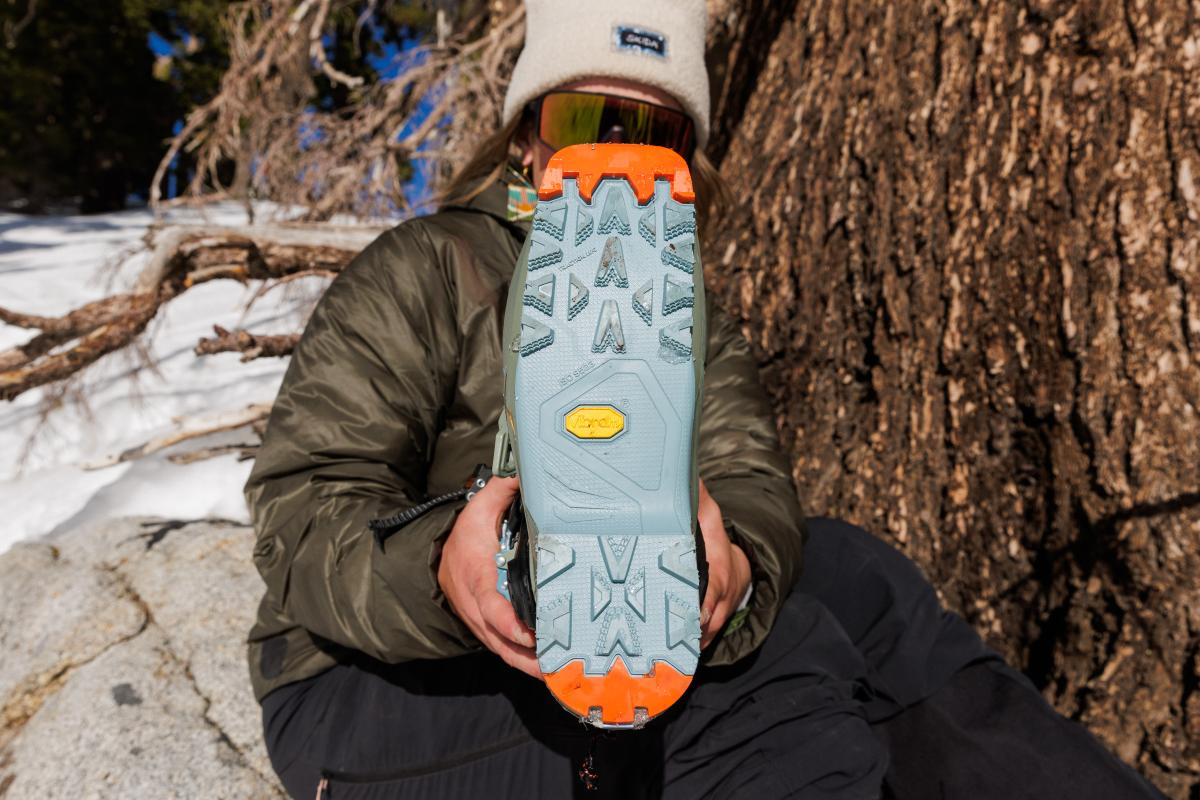
My standard Mondo size 23.5 was spot-on in the Tecnica Zero G Tour Pro W. For reference, I have a wider but low-volume foot, which fit into the 99-millimeter last like glove but needed some modifications to maximize comfort. If you have higher-volume, super-wide feet, this may not be the boot for you—a wider option like the Dynafit Ridge Pro (101mm last) or ultra-roomy Radical Pro (103.5mm) will likely be a better fit. By heat-molding the Zero G's liner and doing some light at-home punching of the shell with a heat gun, I was able to add a little width for improved comfort. That said, unless you have bootfitting experience, I'd recommend taking your boots to a professional bootfitter at your local ski shop to dial in a proper fit.
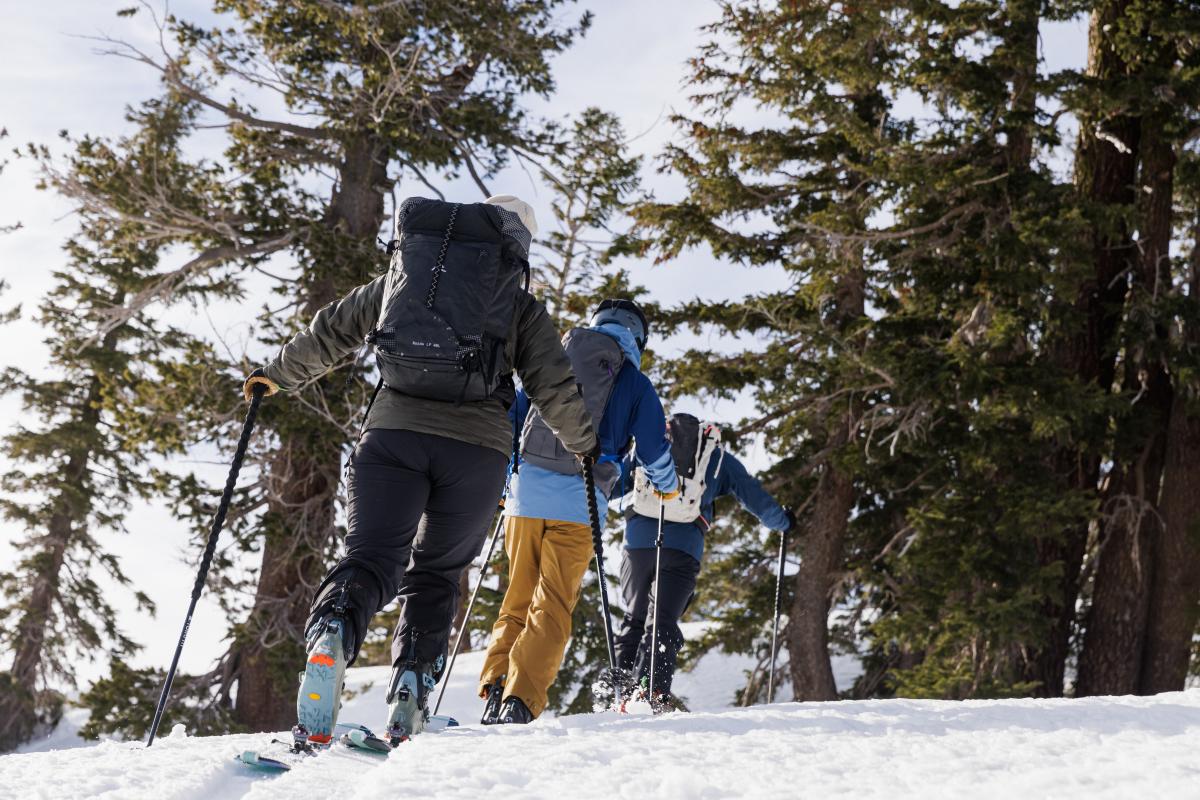
While this season's version of the Zero G Tour Pro has a slightly higher instep to make getting in and out of the boot easier, any boot that features an overlapping shell is inherently harder to don and doff. We found the best way to get the Zero G on when breaking it in or after cold overnights was to first get into the liner, then slide our foot with the liner into the shell—a technique known as "world cupping." However, the on and off process did get easier once the boots were broken in.
People of all shapes, sizes, and genders love backcountry skiing, making the need for high-performance gear higher than ever. Particularly in the backcountry boot space, not many manufacturers offer a women's-specific equivalent. This is often fine for women who are taller or have narrower calves that can fit into the men's model, but for 5'2" folks like myself, it doesn't always work. This was the case with the Zero G Tour Pro for a long time, which is why I was thrilled to see the women's-specific version released for 2025. The main difference between the styles is a slight decrease in flex (from 130 to 125), and the cuff height is lower to accommodate shorter, wider calves. To be clear, you should go with whichever option works best for your foot size and shape—regardless of gender designation—but I appreciate that there's now a purpose-built women's model that's similarly aggressive and performance-ready.

I tested the women's Zero G Tour Pro W for this review, and the men's version outlined above is available for the same price. The Zero G collection also includes several other Zero G models for both men and women. Within the same "Tour" series, there are a couple less performance-oriented variations—called the Zero G Tour Scout and Zero G Tour—that are cheaper, with flex going down and weight going up as you get lower in price. Tecnica also offers the Zero G Peak line, which is aimed at weight-conscious skiers. This collection includes the standard Zero G Peak for men and women, along with the top-end Zero G Peak Carbon, which is offered in a single unisex design and retails for a steep $1,000.
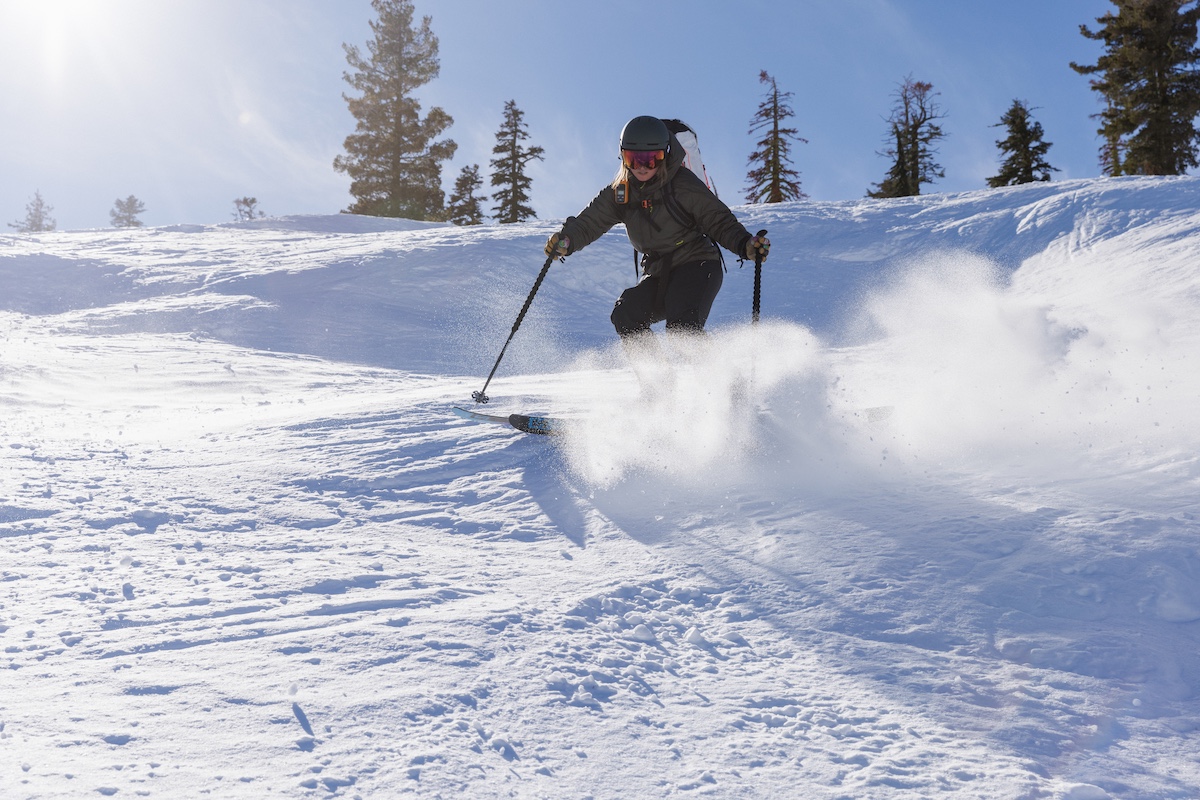
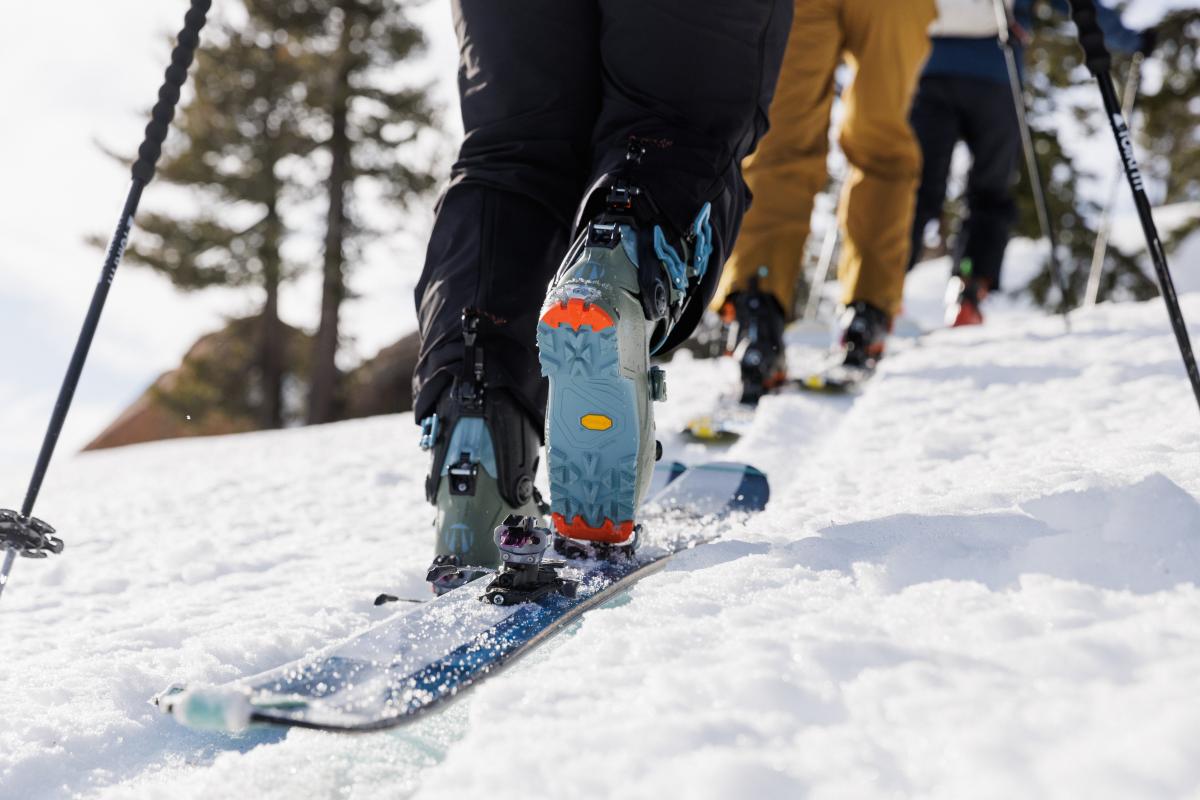
| Boot | Price | Weight (per boot) | Last | Flex | ROM | Shell |
|---|---|---|---|---|---|---|
| Tecnica Zero G Tour Pro W | $900 | 1,180g | 99mm | 125 | 65° | Grilamid |
| Scarpa F1 XT | $900 | 1,145g | 100mm | 95 | 72° | Grilamid |
| Dynafit Radical Pro W | $800 | 1,270g | 103.5mm | 110 | 60° | Grilamid |
| Dynafit Ridge Pro W | $900 | 1,130g | 101mm | 110 | 70° | Grilamid, carbon |
The Zero G Tour Pro W is highly competitive in the emerging lightweight, freeride-oriented touring boot category,, but there are other options that perform better either on the up- or downhill. One uphill standout is the Scarpa F1 XT, which shares similar intentions to the Zero G but features a more generous 72-degree ROM and checks in 35g lighter per boot. It also has a noticeably more streamlined buckle system and softer 95 flex, which translates to reduced downhill performance. At the other end of the spectrum, Dynafit's Radical Pro W is a closer competitor to the Zero G on the way down but checks in heavier (by 90g per boot) and has a much wider (103.5mm) last that won't work for those with lower-volume feet. The Radical Pro's younger sister, the Dynafit Ridge Pro W, is the closest alternative to the Zero G, in our experience. For more information, check out our in-depth review of the Ridge Pro W.
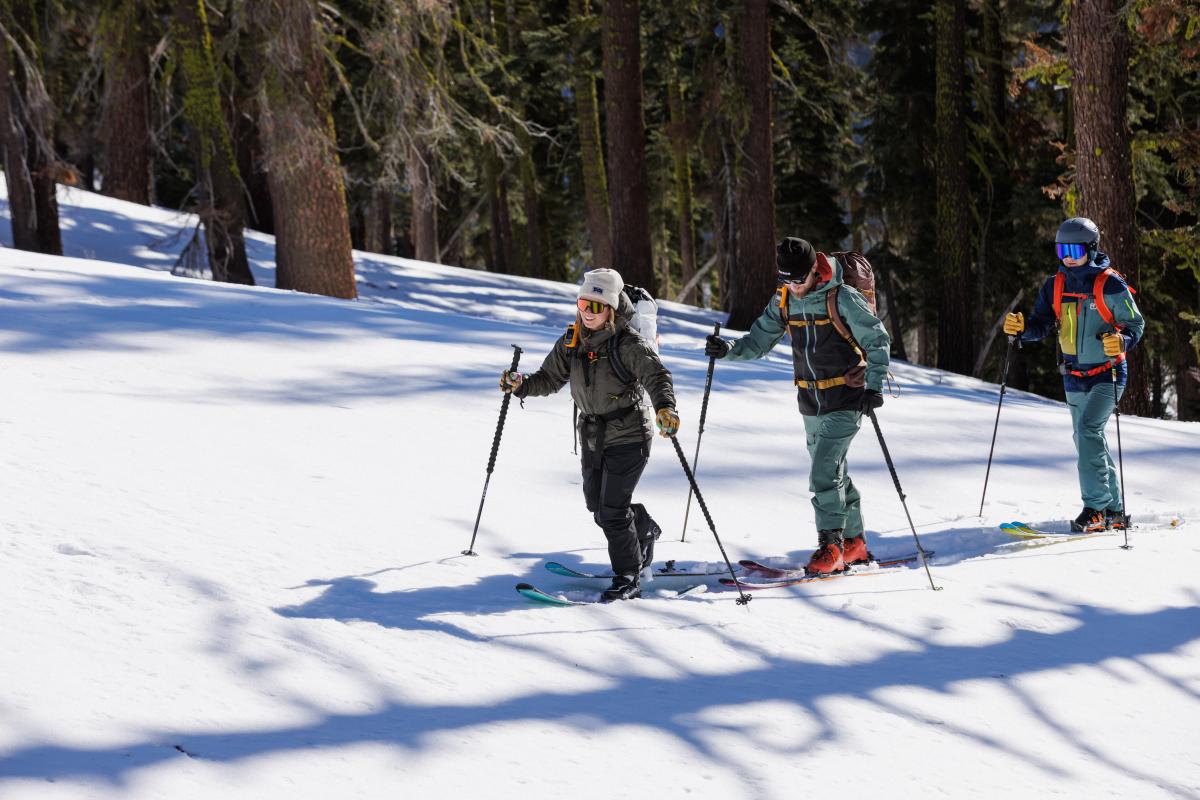
All in all, with each boot clocking in around the same price, a final decision will largely come down to fit. If you have a wider foot, the 101-millimeter last of the Dynafit Ridge Pro—or perhaps even the 103.5-millimeter Radical Pro—could be a good choice. On the flip side, the 99-millimeter Zero G Tour Pro is best for low-volume, narrow-footed skiers. Each boot has its own unique features to consider, but in the end, the right boot for you will be the one that fits and feels best while lining up with your riding preferences and objectives.
Back to the Tecnica Zero G Tour Pro W Review See Our Backcountry (Touring) Ski Boots Guide